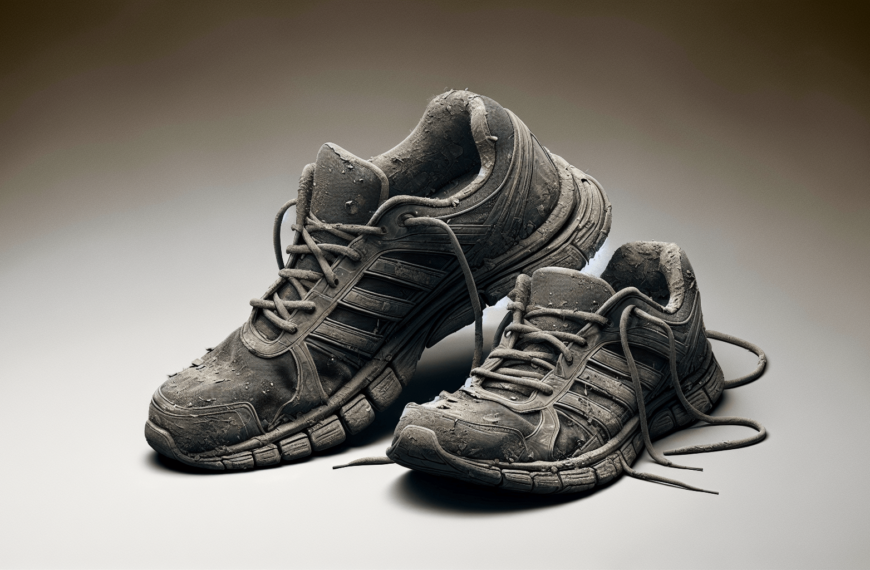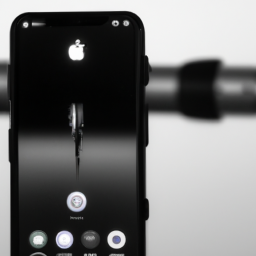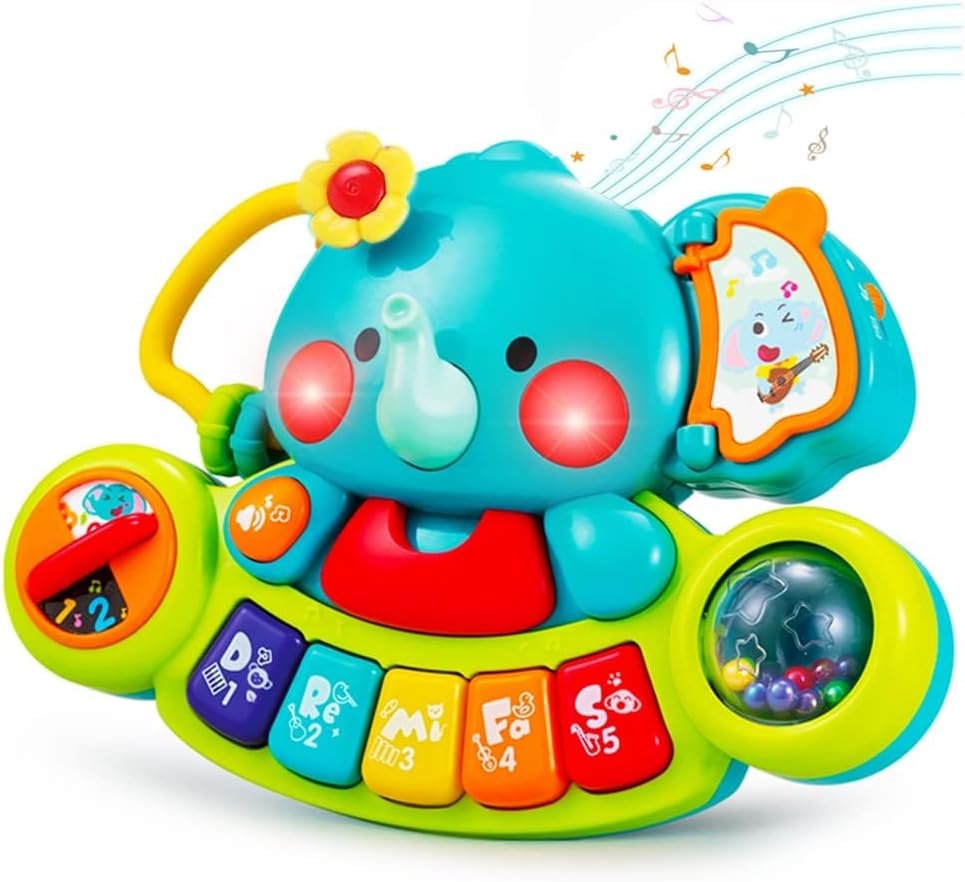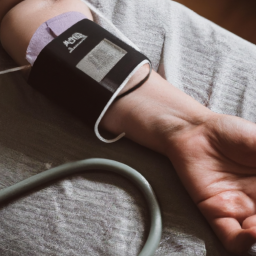This article explores the use of counter pressure during labor as a technique to reduce pain and anxiety. Back labor, characterized by intense pain in the lower back during contractions that may persist between contractions, can be excruciating for expectant mothers. Counter pressure works by releasing endorphins, the body’s natural painkillers, and relaxing the pelvis, muscles, and ligaments. The article discusses the benefits of counter pressure, including decreased back pain, reduced anxiety, increased relaxation, partner involvement, and safety. It also provides step-by-step guides on how to apply counter pressure to the lower back and with a double hip squeeze. By utilizing counter pressure techniques, expectant mothers and their support persons can effectively manage back labor pain and provide relief during the labor process.
Read more about the latest articles
What is Back Labor?
Back labor refers to intense pain experienced in the lower back during labor contractions. Unlike regular labor pain, back labor can persist even between contractions. It is described as excruciating and often worsens with each contraction. The pain is usually concentrated in the center of the lower back, just above the tailbone. Back labor can be a challenging and uncomfortable experience for women during childbirth.
Read more about the latest articles
Causes of Back Labor
While it is commonly believed that back labor is solely caused by the position of the baby’s head, there are other factors that can contribute to this type of pain. The position of the baby’s head, known as occiput posterior (OP) or “sunny side up,” where the back of the baby’s head pushes against the tailbone and spine, can result in back labor. However, other factors such as the shape of the pelvis, tight or loose pelvic ligaments and muscles, having a short torso with a long baby, and bad posture can also contribute to back labor. It’s important to note that not all babies in the occiput posterior position cause back labor, and back labor can occur even with a baby in the correct position.
How Does Counter Pressure Work?
Counter pressure is a technique used to alleviate back pain during labor. It works in two ways. Firstly, the application of firm pressure triggers the release of endorphins, which are natural painkillers produced by the brain. These endorphins bind to specific receptors in the brain, blocking pain sensations and reducing discomfort. Secondly, counter pressure helps relax the pelvis, muscles, and ligaments in the lower back. By applying pressure to the painful area, tension and tightness are eased, creating a more comfortable environment for the baby to assume the correct position for delivery.
Benefits of Counter Pressure During Labor
The use of counter pressure during labor has been reported to offer several benefits for women experiencing back pain. These benefits include:
-
Decreased back pain: Counter pressure can effectively reduce back pain during labor, providing much-needed relief for women.
-
Reduced anxiety: The application of counter pressure has been shown to alleviate anxiety and help women feel more relaxed during labor.
-
Increased relaxation: By releasing endorphins and relaxing the pelvic area, counter pressure promotes overall relaxation, allowing the laboring woman to focus on the birthing process.
-
Partner involvement: Counter pressure techniques can be performed by support persons, such as partners or doulas. This involvement allows them to actively participate in the labor process and provide support to the mother.
-
Safety: Counter pressure is a safe and non-invasive technique that does not require any medication or medical intervention, making it a desirable option for pain management during labor.
A Step-By-Step Guide On How To Apply Counter Pressure
There are two main types of counter pressure techniques that can be used to alleviate back pain during labor: direct pressure on the lower back and the double hip squeeze. Here is a step-by-step guide on how to apply counter pressure for each technique:
Position of mother:
The mother should position herself in a way that provides support and balance when pressure is applied. This can be on hands and knees, side lying, leaning over a bed or birthing ball, or leaning against a wall.
Location on mother:
For direct pressure on the lower back, apply pressure to the sacrum. The sacrum is the triangular-shaped bone at the lower part of the back, just above the tailbone or coccyx.
Position of support person:
Position yourself in a way that allows you to use the weight of your body to apply pressure to the mother’s lower back.
Balance:
Hold the front of the mother’s hip bone to maintain balance for both you and the mother.
Counter pressure:
Use the heel of your hand, palm, fist, or a tennis ball to apply steady and strong pressure to the painful area. Lean in with your body weight to provide effective pressure.
Timing:
Apply counter pressure from the start of each contraction until it ends. This ensures continuous relief during the most intense moments of pain.
Communication:
Listen to the mother and adjust the pressure according to her feedback. She will be able to guide you on the amount of pressure that feels most comfortable for her and identify the exact spot that needs pressure.
Pro Tip
For additional pain relief, consider using heat or ice in combination with counter pressure. This can provide further comfort and alleviate discomfort during labor.
How To Apply Counter Pressure With a Double Hip Squeeze
The double hip squeeze, also known as the labor hip squeeze, involves applying pressure to both hips simultaneously to relieve lower back pain. This technique can be performed by one or two support people. Here are the steps to apply counter pressure with a double hip squeeze:
Position of mother:
The mother should position herself in a way that allows her to lean forward. This can be achieved by standing, sitting, being on hands and knees, or leaning over a bed or birthing ball. Both hips should be easily accessible.
Location on mother:
Identify the spot just outside an imaginary line drawn from the top of the hip bones to the top of the butt crack. Apply pressure to this area.
Position of support person:
Stand or kneel behind the mother and place the palms of your hands on the fleshy part of each butt cheek, right outside the imaginary line. Your fingers should be pointing up, forming a “W” shape with your hands.
Balance:
Maintain your balance by kneeling or standing with your legs apart on a solid surface.
Hip squeeze:
Use the flat or heel part of your hands to push up and in on both sides together, towards the mother’s shoulders. Apply steady pressure to both hips. If two people are providing pressure, coordinate the squeeze on each side.
Timing:
Apply pressure during contractions and continue as long as it provides relief or until you need to switch out due to fatigue. Providing counter pressure can be physically demanding.
Communication:
Regularly communicate with the mother to ensure the pressure feels comfortable for her. Adjust your hand position if necessary based on her feedback.
Pro Tip
The double hip squeeze not only provides pain relief but also helps flare the pelvis slightly, facilitating the delivery process and allowing the baby to assume the correct position.
Back labor can be an incredibly painful experience for women during childbirth. However, with the proper application of counter pressure techniques, women can find relief and comfort. By following the step-by-step guides and maintaining open communication with the laboring mother, support persons can effectively provide pain management and contribute to a more positive birthing experience.












